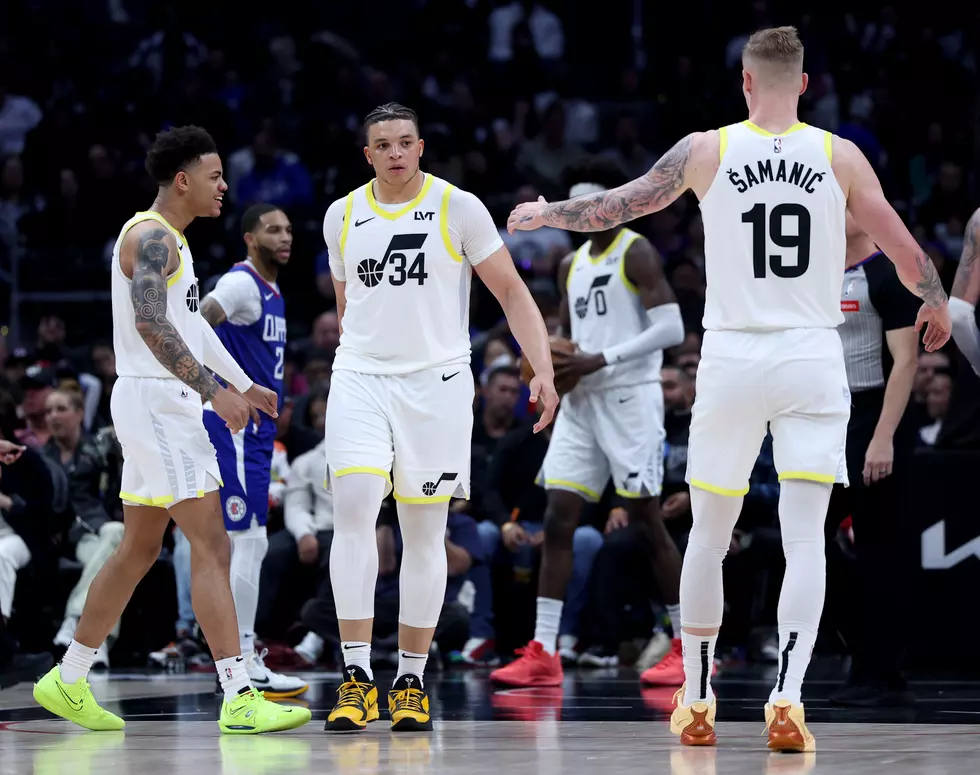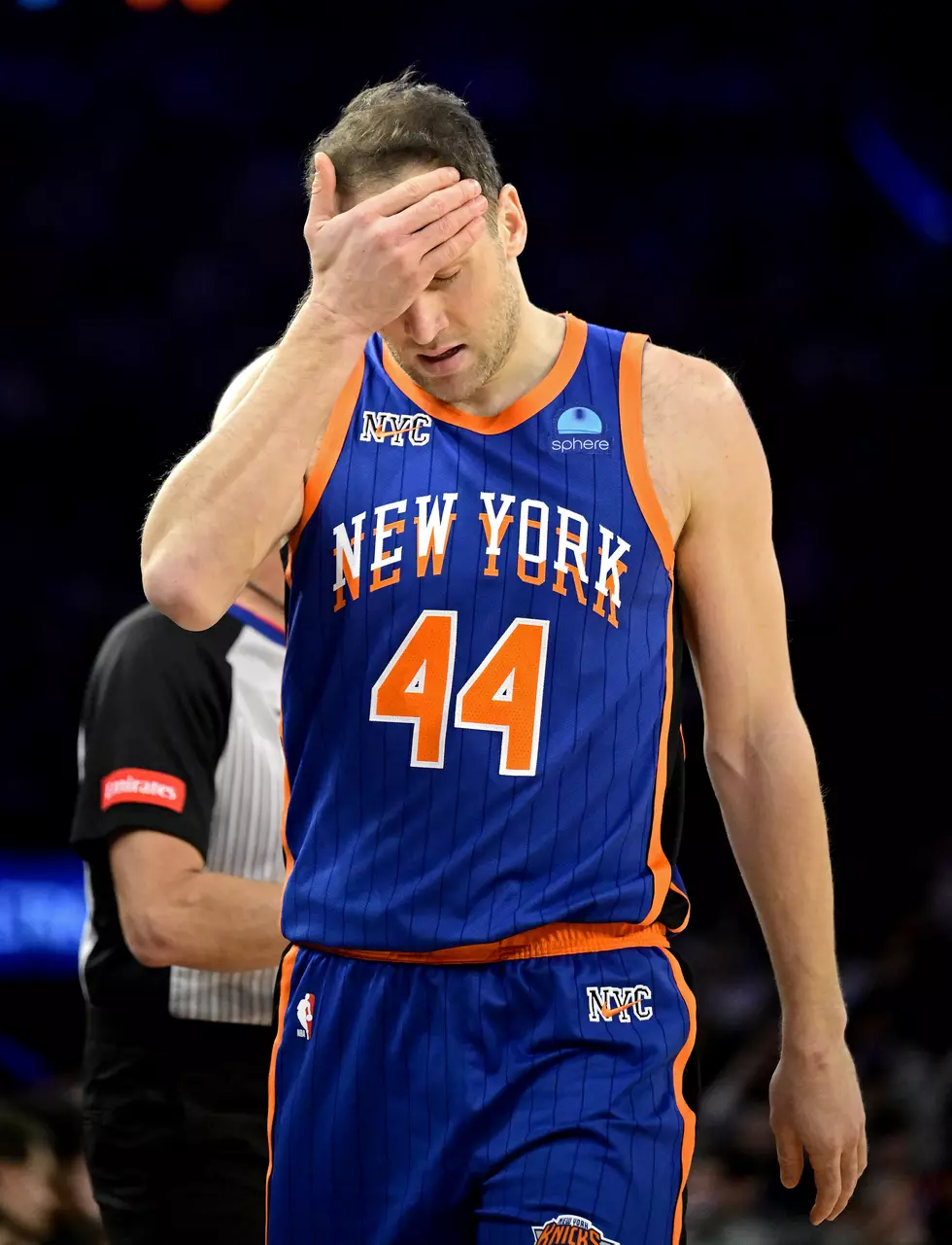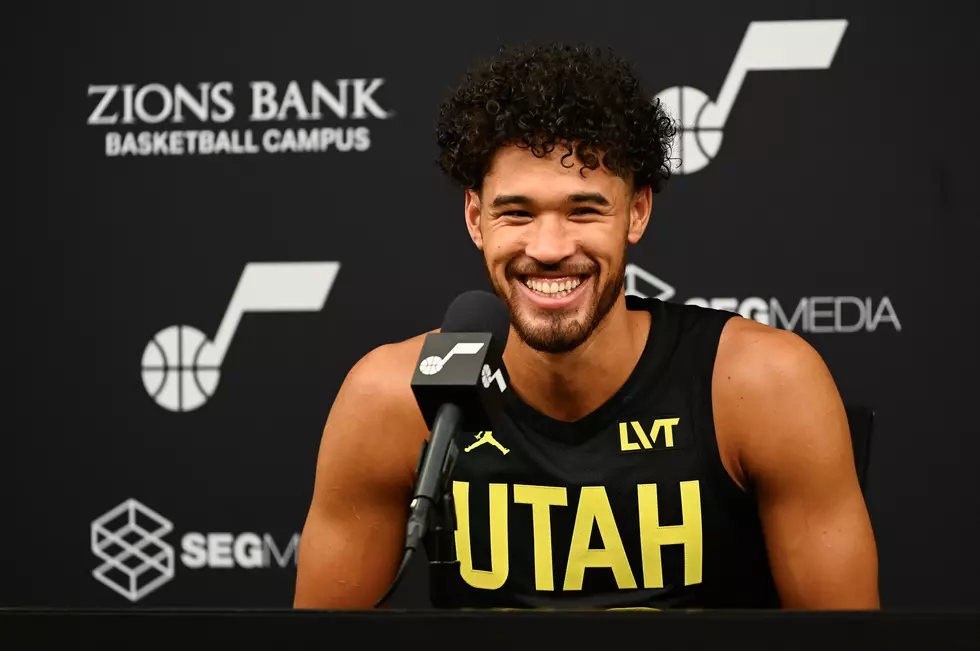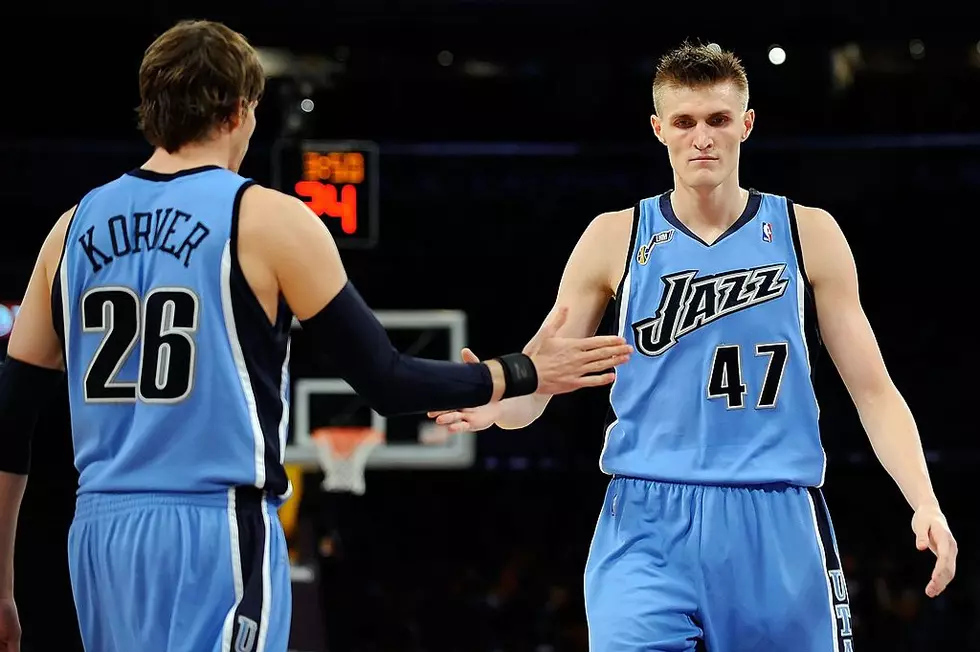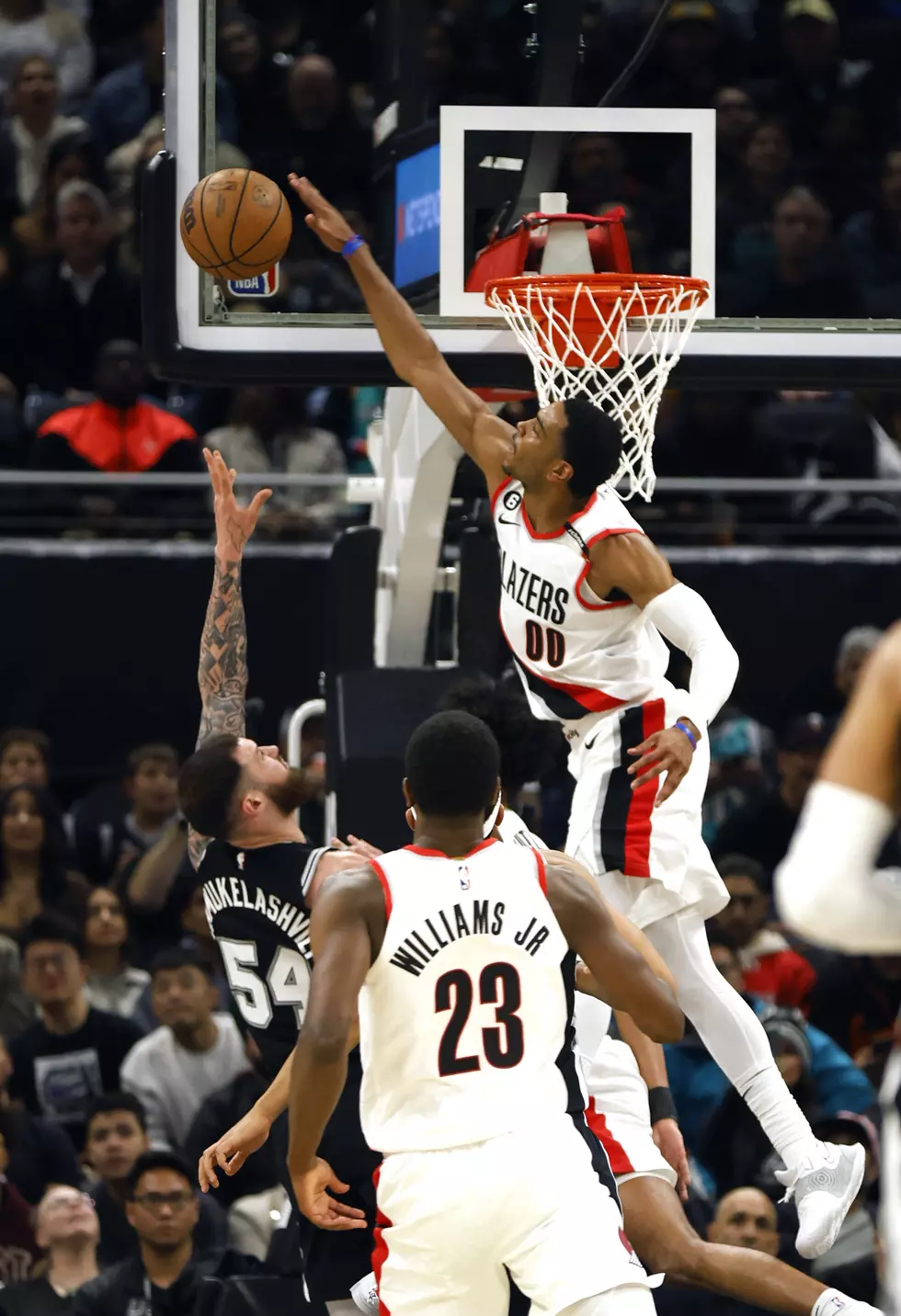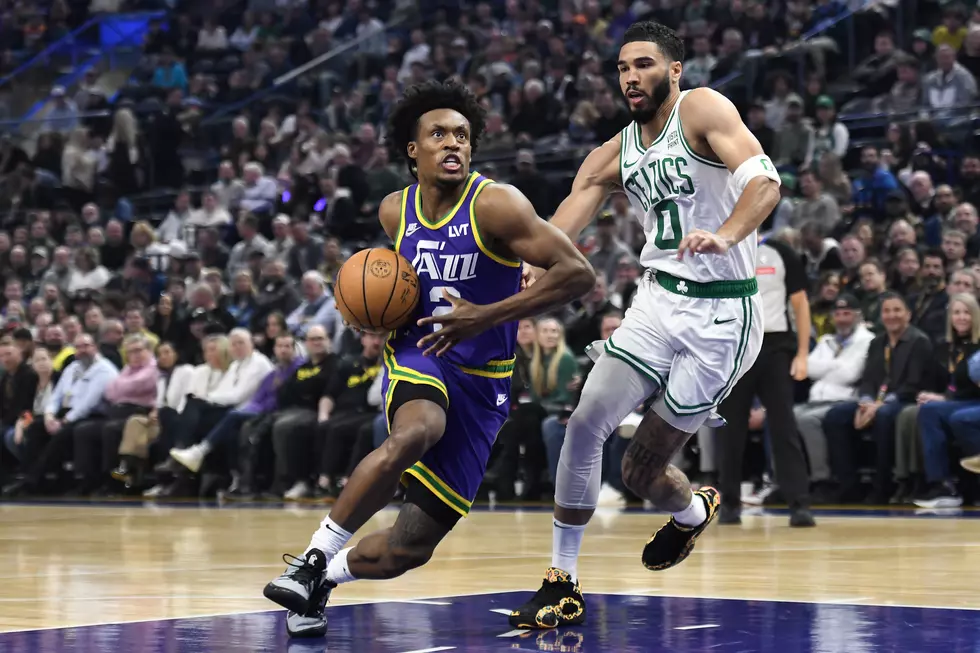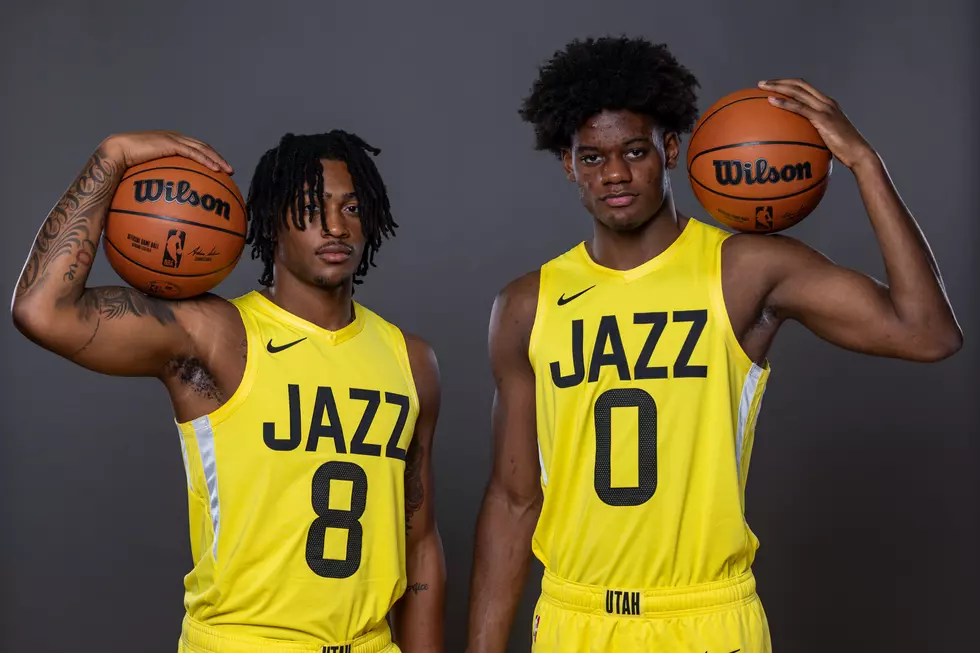
UTAH JAZZ TO SEEK VALUE WITH 28TH NBA DRAFT SELECTION
Utah has three first round picks in this Thursday’s NBA draft on the 22nd of June. The largest being the ninth overall selection via themselves. They have Minnesota’s 16th pick transferring to the Jazz as a part of the Rudy Gobert package. Lastly, Utah will select 28th overall via Philadelphia’s pick that Brooklyn handed over when they traded for defensive wing, Royce O’ Neale. Despite having no 2nd round selections, Utah has to feel pretty content to be selecting in the lottery, just outside of the lottery, and the tail end of the first round. Despite flirtatious rumors of trades with the Pistons at #5 and the Pacers at #7, the Jazz would be well set if they decided to stand pat and deal with the draft order the way it was presented. With Danny Ainge a trade may always be on the horizon, but for the case of this article let’s assume the Jazz keep things simple.
Many have written about the potential All-Star talent that lies within the 9th and 16th picks. The draft after all is a jumble. The first overall pick could be a bust while the 41st overall pick could be a two-time regular season MVP and hoisting a finals MVP come season end. You never truly know, that being said however, you statically have a higher likelihood of landing someone good to great with the higher pick. We know that names drafted in the 9th slot in the past have consisted of players such as: Dirk Nowitzki, Tracy McGrady, DeMar DeRozan, Shawn Marion and Amar’e Stoudemire. Those are the big names. Fringe superstars like Kemba Walker and, Andre Iguodala have been nabbed there as well as All-Star big men such as Joakim Noah and Andre Drummond. The 16th pick has put forth talent in its own right. Utah already pulled off a legendary selection by taking John Stockton back in 1984 at 16. He changed the franchise trajectory forever and will go down as one of the greatest guards to ever do it. The artist formerly known as Ron Artest, now Metta Sandiford-Artest, was the defensive stopper selected at 16 by Chicago in 1999. Nikola Vucevic, Hedo Turkoglu, and Terry Rozier add a little extra intrigue to the type of talent that can still be found right outside the lottery. Utah would be thrilled to land talent equal to or greater than most of these names.
But what about the 28th pick? Is there any likelihood of landing an impactful player or a future cornerstone? The odds certainly diminish from your Nowitzki’s, McGrady’s and DeMar DeRozan’s, but there is still hope (even if incredibly slim) Utah could land a gem if they hold fast to 28. Remember, Rudy Gobert came at 27 for Utah…. but so did Udoka Azubuike. Tony Bradley was the last Jazz member taken when they held rights to the 28th overall pick, and he failed to pan out. 28 is more often miss than hit, but let’s discuss some of the first-round tail end talent that has stuck in the past.
In a sea of Patrick Baldwin’s, Jaden Springer’s, Jacob Evans and RJ Hunter stands 2019’s Jordan Poole, who despite a stinker of a postseason this year, looks like one of the best 28th picks of all-time. Poole was a top contributor at 18.5 Points per game on Golden State’s last championship team. This last year saw him post career highs in PPG at 20.4 and assists at 4.5. His shooting numbers dipped with more attempts given, but Poole has proven himself to be a key piece on a good team. Golden State’s General Manager, Mike Dunleavy, announced today that “With his contract extension, we’re planning on having him here for four more years a least.” Poole’s efficiency and overall impact can be argued, but point being, it is rare to see the 28th overall pick have that type of role and Impact on top teams.
If you don’t fancy Utah coming across a Jordan Poole type shooter, then you can look at the 2020 NBA Draft and Jaden McDaniels. Jaden’s whole three-year career has been spent in Minneapolis after being picked by the Lakers. McDaniel’s is a forward who can hit the three ball and defend at a high level. His three-point shooting sky rocketed from 31 percent to nearly 40 in 79 games this season and he was one of the largest snubs on the all-defensive teams this year. Metrics would tell you he’s one of the best in the current game at stopping the opposition’s best players. He can also navigate as a primary ball handler making him incredibly versatile. Whether with the Wolves or elsewhere, he will be a key piece on a very good team some day as his game seems to get better year by year.
Other than McDaniel’s and Poole, the 28th pick has a long stretch of producing guys who didn’t last long in basketball’s pinnacle. Names like Norris Cole, Tiago Splitter, and Ian Mahinmi are intriguing as recognizable role players during their time, but were very niche players who filled a certain spot then fizzled out of the league. Cole and Splitter wouldn’t last longer than six years and Mahinmi, despite playing from 2007-2020, was oft injured and only averaged more than 20 minutes a game once in his entire career. These are fine players who stuck around long enough for people to know their name, but Utah likely is looking for something bigger at 28. That’s the point of the draft right? It’s all about finding the next big thing.
Beno Udrih and Leandro Barbosa both proved in back-to-back drafts in 2004 and 2003 that you could find microwave scoring and solid shooting deep in the first round. Picks like this made it evident that not every late first round has to be a development or a project player to stash. These guys contributed immediately both playing in 70 games or more as a rookie. If Utah so chooses, they can bypass the untapped potential project for this type of player who is seasoned enough to fight for minutes right off the bat.
These players listed above are still more rare than not, especially that deep into the draft, but there is also the even slimmer chance you can land a six-time All-Star, Three All-NBA second teamer, All-NBA third teamer and a finals MVP. That’s what San Antonio did in 2001 by taking Tony Parker at 28th overall. Parker is the absolute best example of the type of talent that the Jazz could end up with at number 28. He is also the rarest example of what the Jazz could land at 28.
Other former Jazz players selected by Utah at 28 include Scott Padgett and Greg Ostertag.
More From Sports Radio 97.7

